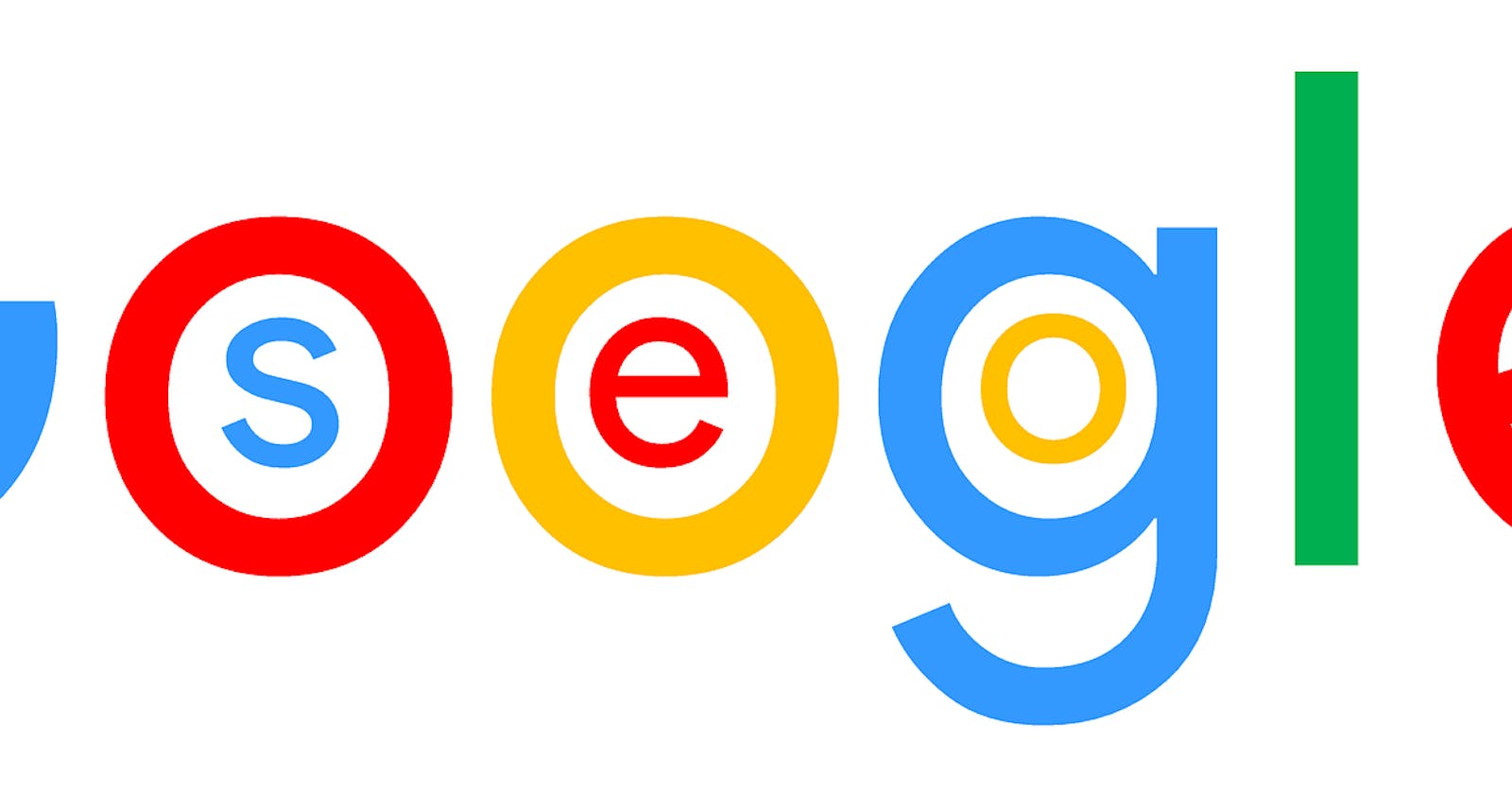On Page SEO Components
Important components of On Page SEO techniques that can affect a website's ranking on search pages include:
- Headings
Headings generally have a larger font size than the rest of the page. A title has a bigger role than the content. Therefore, place keywords naturally in each content title.
One content generally has more than one title, which is divided into: Title 1 (H1), Title 2 (H2), Title 3 (H3), and so on. However, keep in mind that there should only be one heading 1 (H1) in each piece of content. While other titles can be set as subtitles or title 2 (H2), title 3 (H3), and so on.
- URL structure
If a website is like a house, then the URL (Uniform Resource Locator) is the address of the site. A URL should contain keywords. However, if the content or website has already been published without placing keywords in the URL, you should not change the URL structure.
The design of the structure on the website URL is also influential so that Google can easily recognize and find out a website.
The URL structure can be designed and organized based on page categories, as well as page hierarchies.
- Alt Text for Images
Adding alternative text on all images, is a mandatory action. This action helps blind readers to understand the content on your site through images.
Enter relevant keywords then provide an accurate description to help Google find your page. Remember to comply with the WCAG (Web Content Accessibility Guidelines) when adding the alt text attribute, which consists of:
- Provide a description of the image in 8-10 words.
- Add keywords naturally.
- If necessary, add a location.
- Don't add irrelevant/impressive keywords to images.
- Page Speed
The page speed component relates to the speed with which Google helps users find and access the pages they are looking for. If the page speed is optimal, your site has a higher chance of ranking at the top of the Google search page.
Google has PageSpeed Insights which is useful for analyzing your site on both mobile and desktop. The results of the analysis are then used to provide suggestions for improvements to your site so that page speed is more optimal.
- Page Content
The content on your site should be useful for visitors. So that when a visitor searches for a relevant topic, your site will be in the first place.
Although there are no definite guidelines set by Google, at least try your content to contain at least 500 words on each page. Place keywords in the title, paragraph beginning, middle, and end of the content naturally.
- Mobile Friendliness
How friendly is your website when accessed via mobile devices? Mobile page load speed is Google's priority metric right now. Mobile-Friendly Test is here to help you analyze problems that may occur when visitors access the site via mobile.
- Internal links
Internal links are links that link the content internally to other relevant pages on your site. This action can increase your site's ranking on search pages. Put a mark with anchor text (words or sentences containing links marked with blue letters and underlines) on the content that is given an internal link.
Visit: SEO services, website creation services, animation video services, video company services

